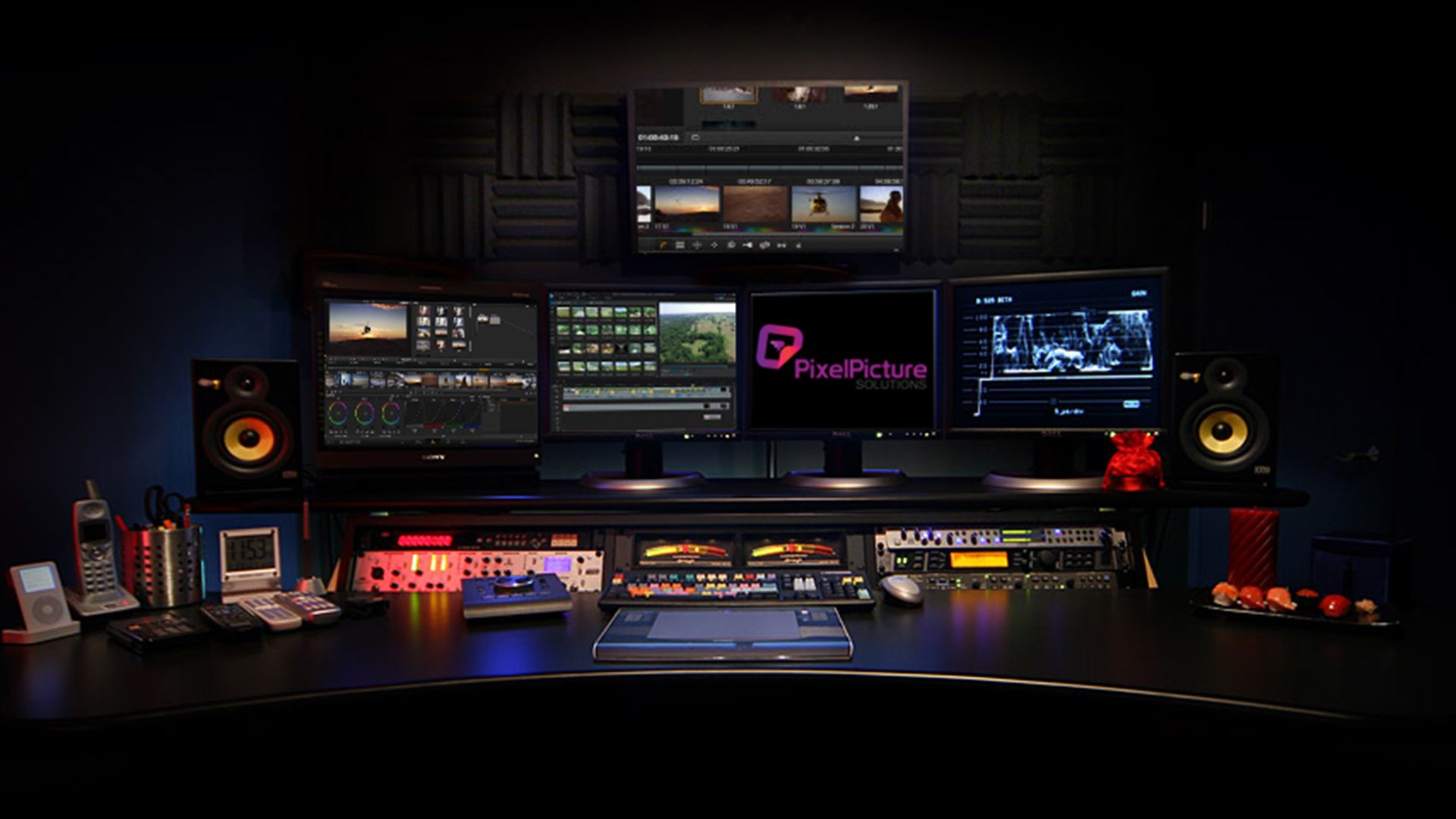Cutting Through the Noise: Mastering the Art of Video Editing
Cutting Through the Noise: Mastering the Art of Video Editing
Blog Article

In a world awash with content, the ability to create captivating videos has never been more vital. Video editing is the craft that transforms raw footage into compelling stories that can entertain, inform, and inspire. Whether you are a budding creator or an experienced professional, mastering the art of video editing can set your work apart in the crowded digital landscape.
As technology evolves and tools become more accessible, the barriers to great video editing continue to diminish. However, with this abundance of resources comes an overwhelming amount of noise. To truly stand out, one must learn not only the technical skills but also the artistic principles that breathe life into a video. Understanding the nuances of pacing, transitions, and narrative structure can elevate your work from mere clips to engaging masterpieces. Embracing these concepts will empower you to cut through the noise and leave a lasting impression on your audience.
Essential Video Editing Tools
Video editing requires a suite of tools that can handle various aspects of the editing process. At the core, software like Adobe Premiere Pro and Final Cut Pro are industry standards that provide powerful capabilities for editing, color correction, and audio management. These programs are suited for professionals and enthusiasts alike, offering intuitive interfaces along with advanced features that can accommodate complex projects.
For those who are just starting out or working on simpler projects, user-friendly options such as iMovie and Movavi Video Editor can be extremely beneficial. These tools focus on ease of use, allowing users to quickly learn the basics of video editing while still delivering quality results. They often come with pre-set templates and drag-and-drop functionality that simplifies the editing experience.
In addition to software, hardware plays an essential role in video editing. A reliable computer with sufficient processing power, storage, and a quality graphics card is vital for handling large video files and rendering projects efficiently. Additionally, investing in good audio equipment and a decent monitor can significantly enhance the overall editing process, ensuring that both the visual and audio components of your videos are polished and professional.
Understanding the Editing Workflow
A successful video editing project begins with a clear understanding of the editing workflow. The first step is to gather all your footage, audio files, and any other resources you plan to use. Organizing these elements in a coherent manner will save you time and frustration later. Consider creating folders for different types of media, such as raw footage, graphics, and sound effects. This organization will streamline access during the editing process and help you maintain focus on your creative vision.
Once your media is organized, the next stage involves reviewing the footage and selecting the best clips for your project. This is where you can start to develop a narrative or structure. Mark the clips that stand out for quality or relevance, and take notes on the moments that resonate with your intended message. This phase is essential because it shapes the foundation of your edit. As you piece together your story, keep in mind pacing and how each clip transitions into the next to create a seamless viewing experience.
Finally, the editing phase requires meticulous attention to detail. Here, you will assemble the selected clips on your timeline, adjusting the length of each segment, adding transitions, and incorporating effects where necessary. Sound design also plays a crucial role in the editing workflow; ensure that audio levels are balanced and that music complements the visuals without overpowering them. This is the stage where your creative choices come to life, as the carefully arranged clips blend into a polished finished product, ready for the audience to enjoy.
Tips for Engaging Visual Storytelling
Trim Online Videos
To create an engaging visual story, it’s essential to establish a clear narrative structure. Start with a compelling introduction that hooks the audience's attention, followed by a well-developed middle section that builds tension and intrigue. Finally, ensure that your conclusion offers a satisfying resolution, leaving viewers with a lasting impression. Using a straightforward storyline allows viewers to connect emotionally and understand the message you aim to convey.
Another vital aspect of visual storytelling is the effective use of pacing and rhythm. The timing of cuts and transitions can significantly impact how your story unfolds. Think about where to speed up actions to create excitement and where to slow down to emphasize emotional moments. Additionally, consider using music and sound design to complement the visual elements, enhancing the overall atmosphere and guiding the viewer’s emotional journey.
Finally, remember to incorporate strong visuals that support your narrative. This means paying attention to composition, color grading, and lighting, which contribute to the overall aesthetic of your video. Use a variety of shots to keep the audience visually stimulated—mix wide shots to establish context with close-ups that draw attention to crucial details. This combination reinforces your story, making it more engaging for viewers and increasing their investment in the outcome.
Report this page